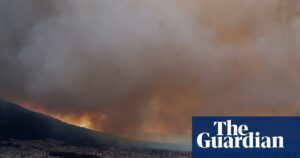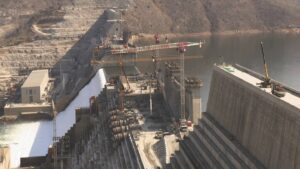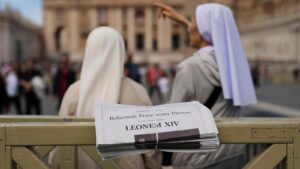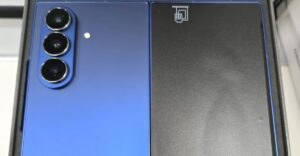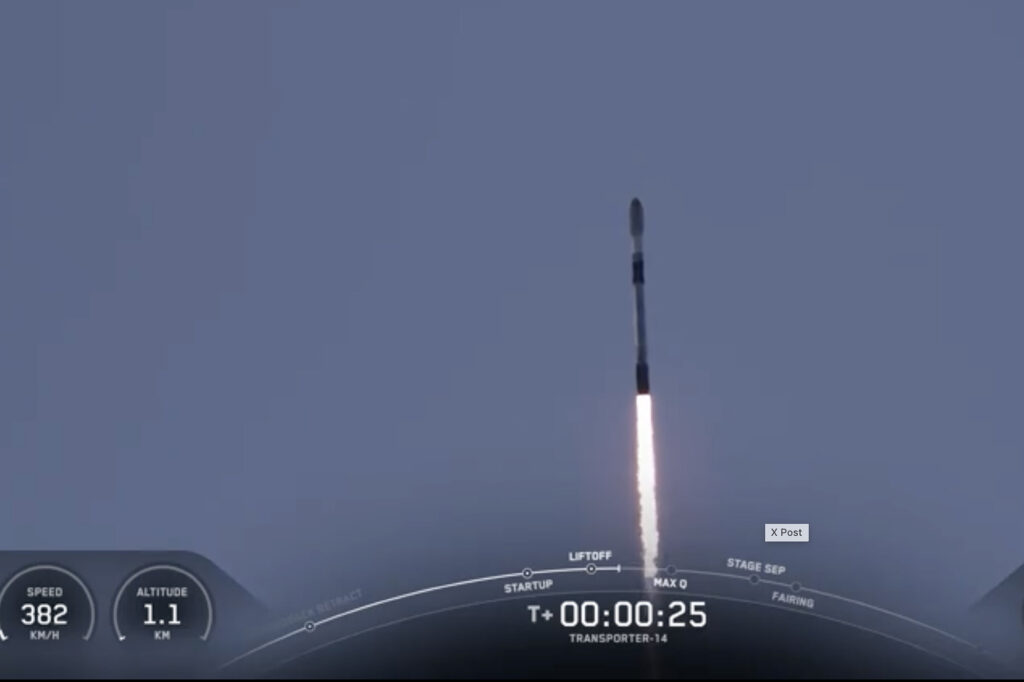
A SpaceX rocket launches Monday afternoon from Vandenberg Space Force Base to deliver the Transporter-14 mission, made up of 70 payloads for a variety of purposes.
A Falcon 9 rocket, developed by SpaceX, successfully launched from Vandenberg Space Force Base on Monday afternoon, carrying a unique payload of cremated remains. This mission, organized by Texas-based Celestis Inc., marked the company’s 25th memorial spaceflight, symbolically sending samples of cremated remains from aerospace workers, a grocery store employee, and dozens of others into space.
The rocket lifted off at precisely 2:25 p.m. from Space Launch Complex-4, with the first-stage booster making a successful return landing on a droneship in the Pacific Ocean. This achievement marked the 26th successful liftoff and return for SpaceX, showcasing their continued prowess in reusable rocket technology.
Transporter-14 Mission: A Diverse Payload
The Transporter-14 mission was a multifaceted endeavor, involving 70 payloads for various purposes. Deployments began approximately one hour after liftoff and concluded nearly two hours later. Among the cargo was a payload for Celestis Inc., containing small samples of human cremains or DNA representing 166 individuals. A memorial ceremony was held in Lompoc the previous week to honor these individuals.
Since its founding 30 years ago, Celestis has facilitated space burials for over 2,500 people from 35 nations. The company’s first mission in 1997 also launched from Vandenberg, although the Pegasus rocket was air-launched over the Canary Islands. Notably, that mission included the symbolic cremains of “Star Trek” creator Gene Roddenberry and 1960s counterculture icon Timothy Leary.
Expanding the Horizon of Space Burials
Celestis CEO Charles Chafer highlighted the diversity of individuals whose remains have been sent to space, noting that alongside celebrities, “a whole bunch of everyday folks” have had their remains travel to orbit the sun. The company offers various types of space burials, including Earth Rise flights like Monday’s mission.
“What makes Earth Rise special is that you’ll receive the flown capsule of your loved one as soon as we get them back from the mission,” Chafer explained. “So you’ll have a forever keepsake from the launch, and we’re just thrilled to be able to provide that service.”
Mission Possible: A Collaborative Effort
The Celestis Perseverance Flight was part of The Exploration Co.’s Mission Possible capsule, which carried payloads for 25 clients from more than 10 countries. Erika Wagner, lead for U.S. business development for The Exploration Co., described the diverse nature of the payloads, which included a Romanian fluid physics experiment and an art package from Israel.
“I think this sort of ecosystem of things that are flying — it’s technology, it’s science, it’s art, it’s humanity. These are the doors that are opening broader in a more democratized way every day with the changes that are happening in our industry,” Wagner said.
Technological Demonstrations and Future Implications
The Mission Possible capsule is set to return to Earth in a controlled re-entry, using dual parachutes to splash down in the Pacific Ocean between the Hawaiian Islands and the Aleutian Islands. This mission serves as the second prototype developed by The Exploration Co., aiming to validate critical systems such as propulsion, avionics, re-entry aerodynamics, thermal protection, and maritime recovery.
According to a SpaceX launch commentator, “This demonstration will validate critical systems such as propulsion, avionics, re-entry aerodynamics, thermal protection, and maritime recovery.”
Broader Impact and Future Prospects
Beyond the memorial spaceflight, the Falcon 9 carried other significant payloads. These included Arcstone, a cubesat equipped with a NASA instrument designed to measure sunlight reflected off the moon to calibrate other spacecraft.
Additionally, maritime security is set to benefit from a pair of satellites, Arvaker 2 and 3, intended to aid the Norwegian government and global customers in identifying vessels involved in environmental crime, illegal fishing, smuggling, and other unlawful activities. These satellites will also enhance search and rescue operations for ships in distress, even when their Automatic Identification System (AIS) is turned off.
The successful launch and return of the Falcon 9 rocket underscore the growing capabilities and ambitions of the commercial spaceflight industry. As companies like Celestis and The Exploration Co. continue to push the boundaries of what’s possible, the future of space exploration and utilization appears increasingly promising.


